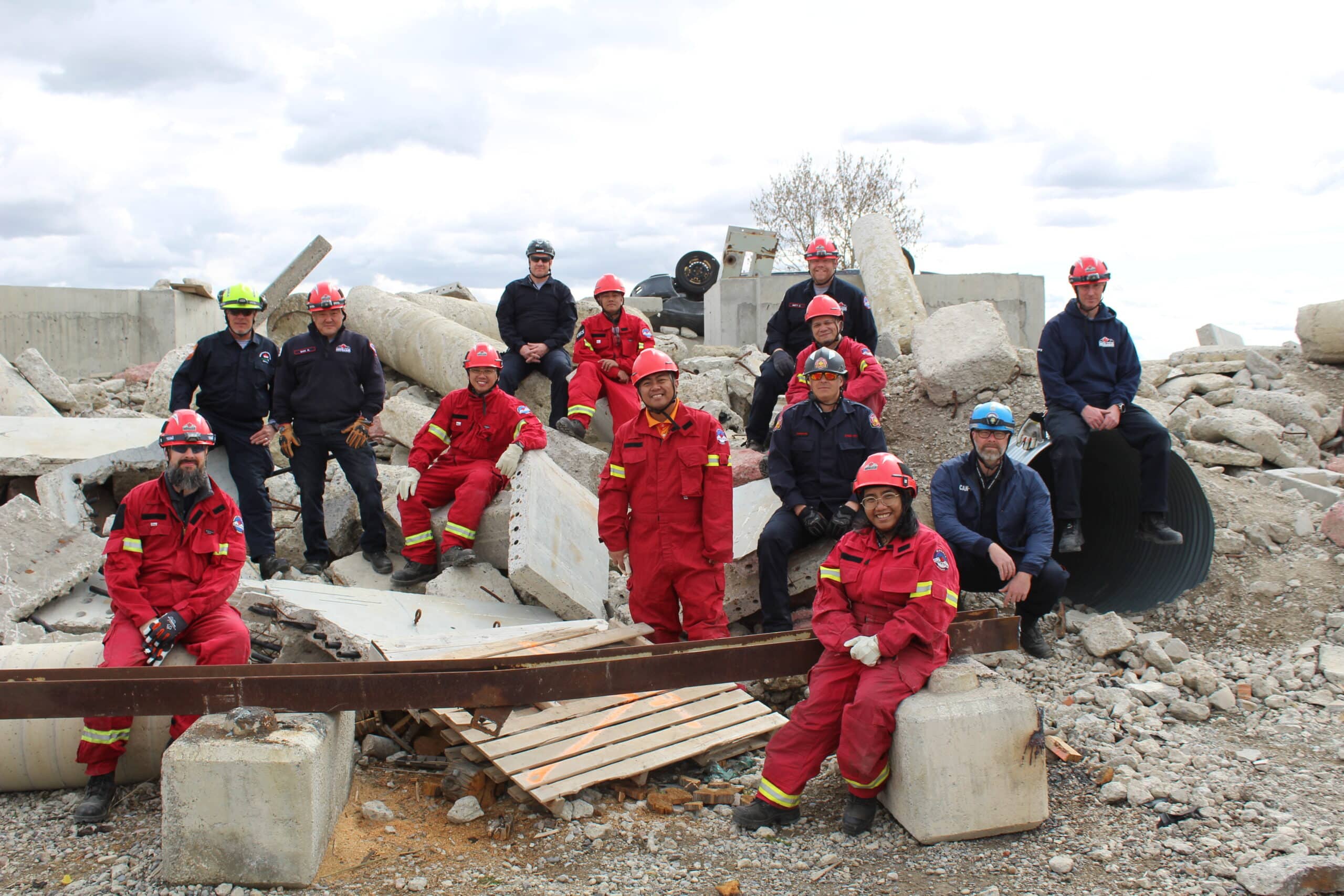
This April 28th to May 6th, 2025, a delegation from the Philippines’ Office of Civil Defense (OCD) visited Canada as part of the Technical Assistance Partnership – Expert Deployment Mechanism (TAP-EDM), funded by Global Affairs Canada.
The visit, coordinated by Public Safety Canada with support from Canada’s HUSAR Task Forces and Alinea International’s TAP team focused on enhancing the OCD’s disaster response capabilities related to urban search and rescue (USAR), as well as exchanging experiences and insights regarding respective efforts to advance disaster risk reduction (DRR). The two-week study tour featured stops in Calgary, Ottawa, and Trenton.
Strengthening Disaster Response Capacity
Strengthening disaster response through practical training and discussion
The technical visit reflected the needs and priorities of the OCD, which had been communicated during and following a January 2025 technical assistance visit to Manila by Canadian experts from Public Safety Canada and the four participating HUSAR Task Forces (i.e., CAN-TF1, CAN-TF2, CAN-TF4, and CAN-TF5).
The technical visit program had three main components:
1.Concurrent Technical and Policy Workshops in Calgary, AB
- Five members of the OCD delegation took part in a four-day workshop led by instructors from four Canadian HUSAR Task Forces (CAN-TF1, CAN-TF2, CAN-TF4, and CAN-TF5) focusing on the fundamental skills of technical search. Sessions included hands-on learning in wide-area search, reconnaissance, mapping, K9 operations, and the use of visual and listening search equipment. The classroom lectures and practical activities were complemented with a concluding field exercise allowing the OCD members to apply their new skills and knowledge in a simulated disaster scenario.
- In parallel, three members of the delegation joined representatives from Public Safety Canada, Canada’s HUSAR Task Forces and France in complementing the International Search and Rescue Advisory Group (INSARAG) Leadership course on establishing a national accreditation process. The course sought to equip participants with the knowledge and skills to lead and manage a national USAR accreditation processes in alignment with INSARAG guidelines. This included detailed information about resources, roles, responsibilities, and governance structures that must be established to ensure success.
2.Dialogue on Disaster Risk Management in Ottawa, ON
- In Ottawa, Public Safety Canada and Global Affairs Canada led policy dialogues on disaster resilience, flood insurance, and emergency coordination (including the role the Canadian Armed Forces during domestic emergencies). Participants also toured the Government Operations Centre to understand Canada’s national emergency response system.
3.Disaster Assistance Response Team (DART) Facility Tour in Trenton, ON
- On the final day, the delegation traveled to Canadian Forces Base Trenton for a tour of the DART facility. The tour provided an opportunity to discuss the equipment as well as the related capabilities that the Canadian Armed Forces can deploy in response to international crises.
A Foundation for Future Collaboration
Throughout the visit, the delegation had the chance to interact with multiple Canadian institutions, including emergency response teams, federal agencies, and international partners. These exchanges allowed participants to reflect on the structures and tools that could inform the development of OCD’s own operational capacity and national USAR accreditation process.
“This was an immensely meaningful experience. Learning about the challenges faced in one of the most disaster-prone countries in the world – and seeing how brilliantly they manage them – really put things into perspective. Often, we felt like we were there to teach, but in many ways, we were the ones learning”, noted David Larkin, Canadian Urban Search and Rescue expert deployed through TAP-EDM.
The cross-country visit also created a space for practical knowledge-sharing and helped build stronger institutional ties between Canada and the Philippines in the field of emergency management. The experience highlighted the value of collaborative approaches in addressing increasingly complex disaster risks.
“Even though we have different perspectives – Canada is a larger country, the Philippines faces a range of hazards, and each operates with different tools and resources – we share the same goal: to save lives. And for me, that’s the greatest foundation for collaboration between the Philippines and Canada.” –Mary Grace I. Somido, Civil Defense Officer III at the OCD.
This TAP-EDM initiative, implemented by Alinea International and funded by Global Affairs Canada, was made possible through the collaboration of Public Safety Canada, the Canadian Armed Forces, and the Canadian HUSAR Task Forces (CAN-TF1 , CAN-TF2, CAN-TF4, and CAN-TF5).
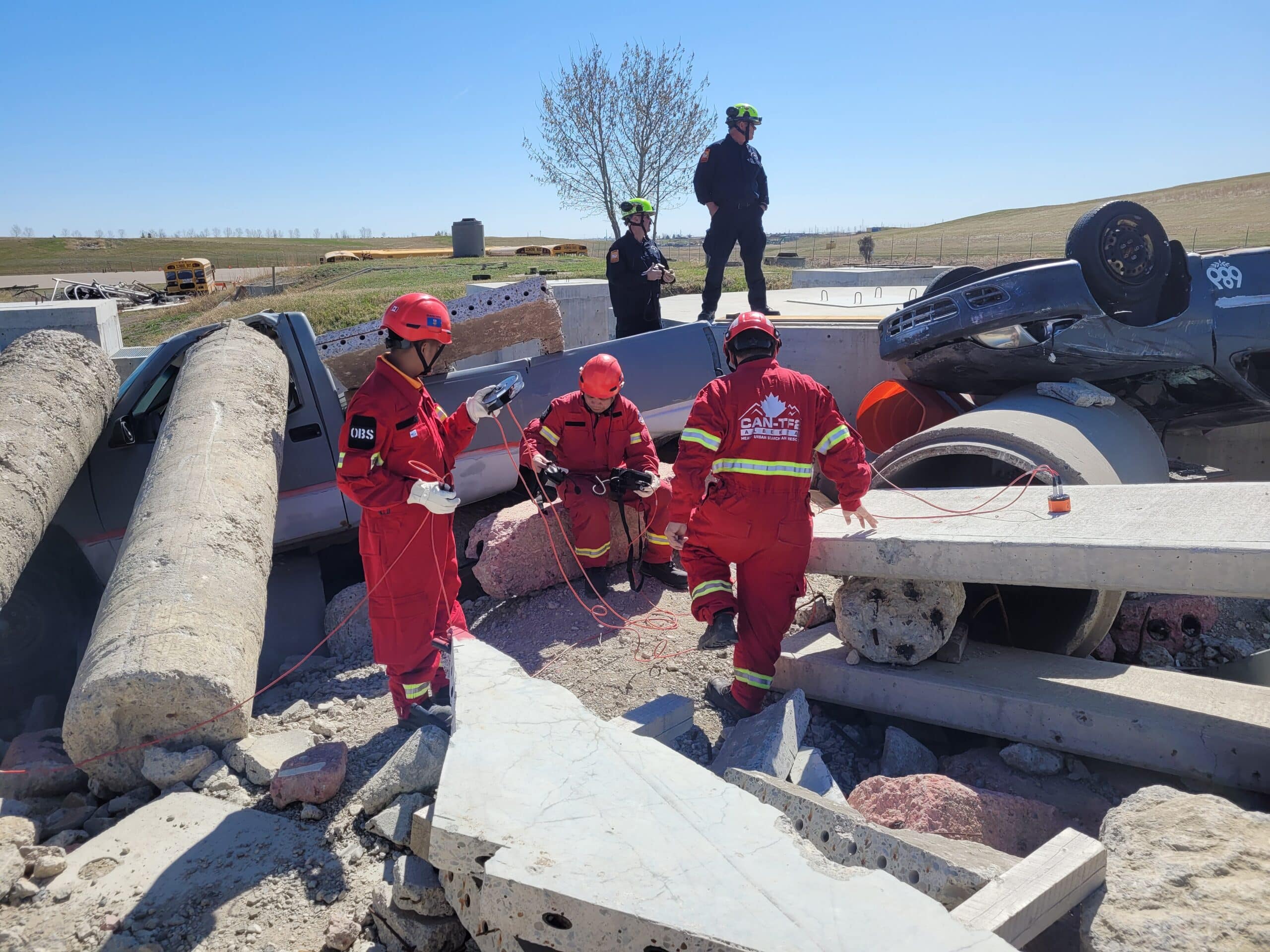
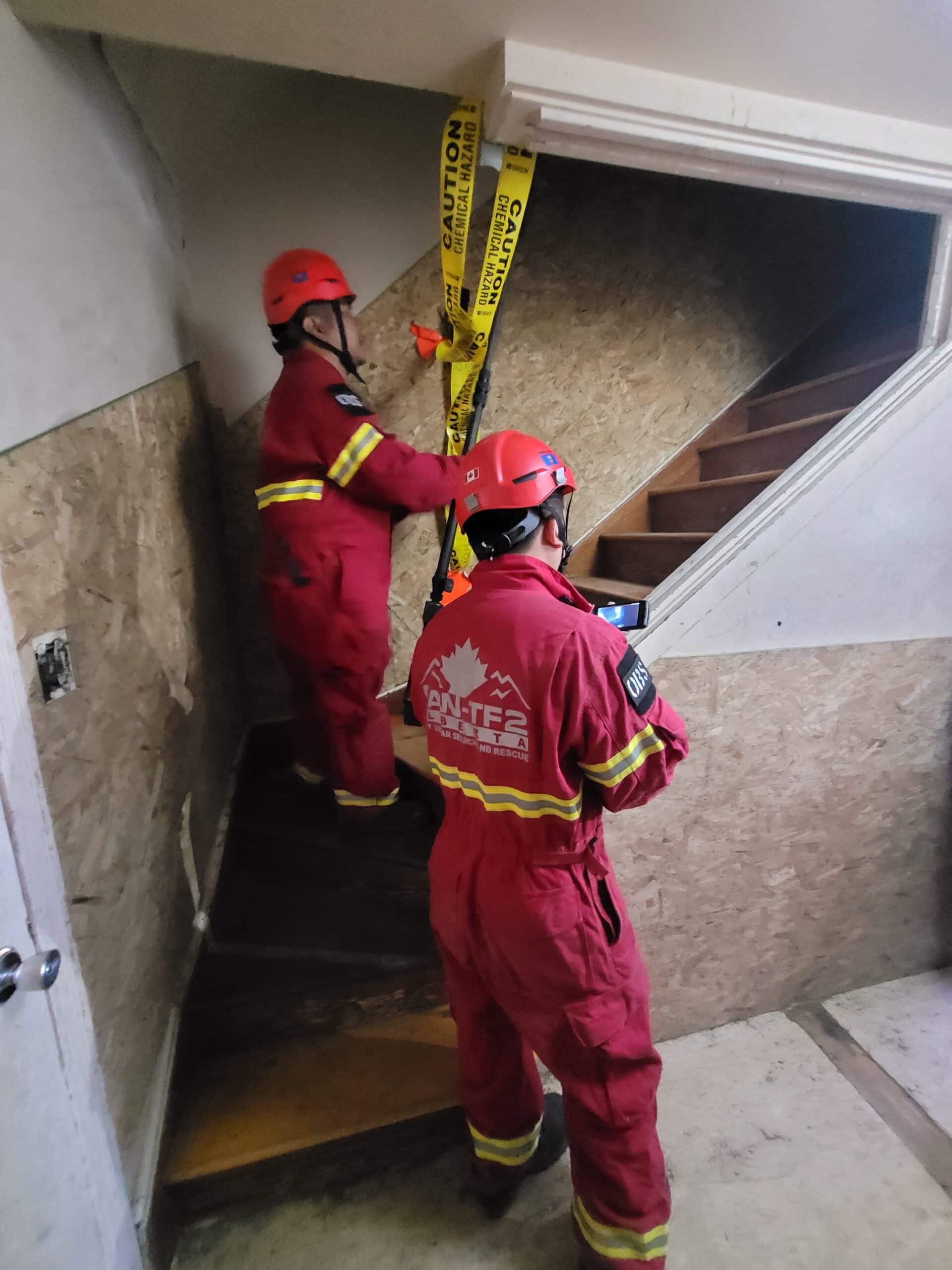
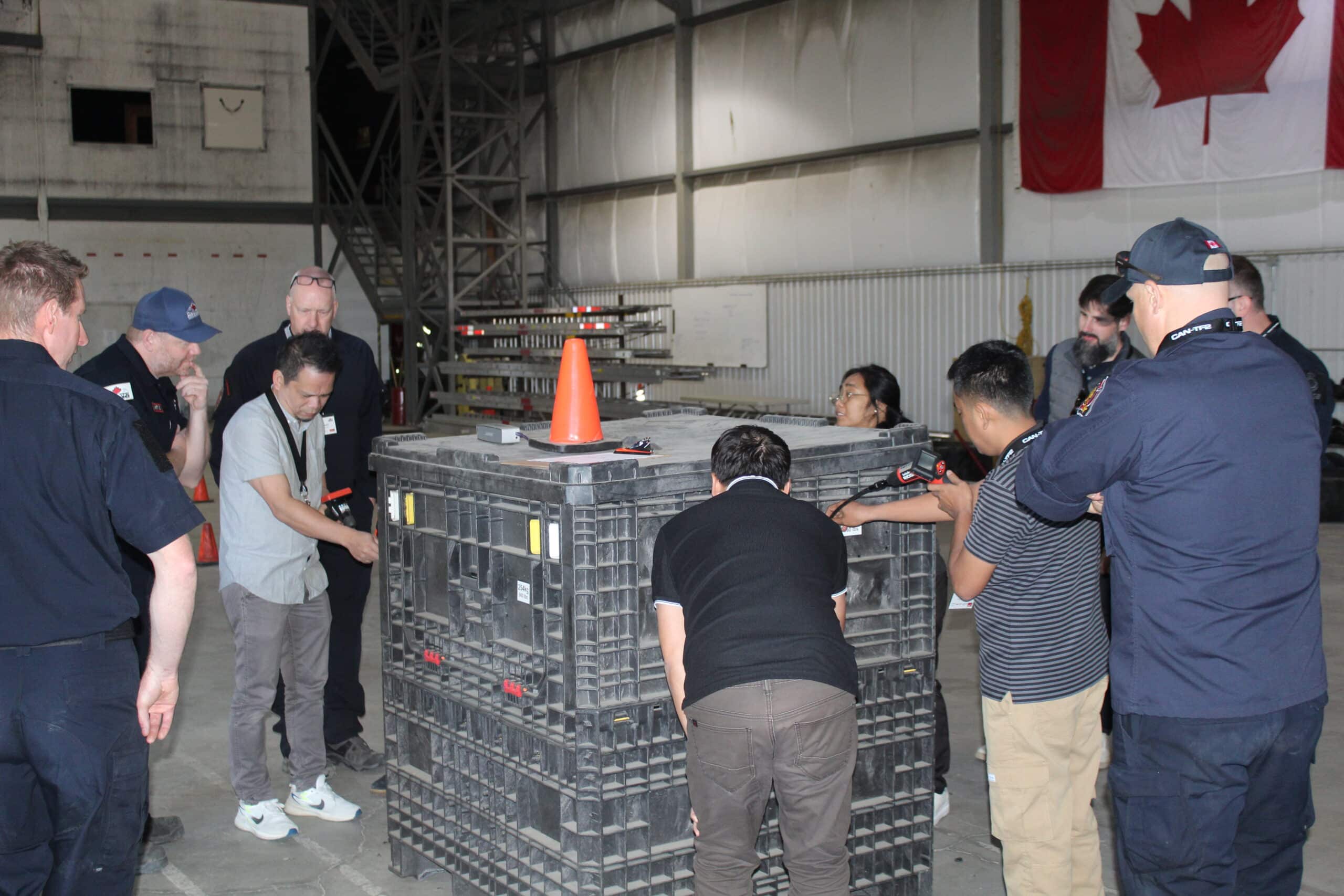
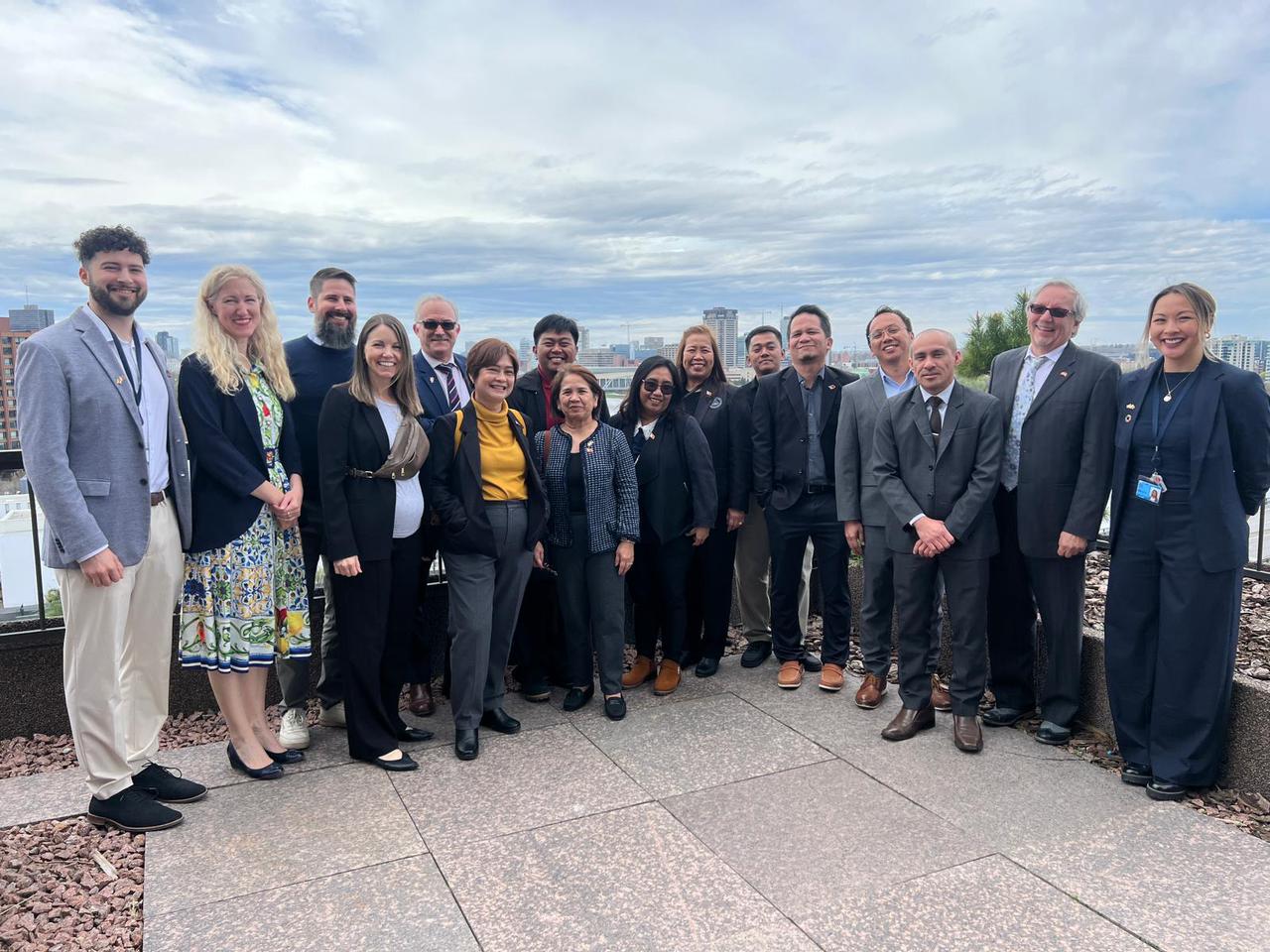
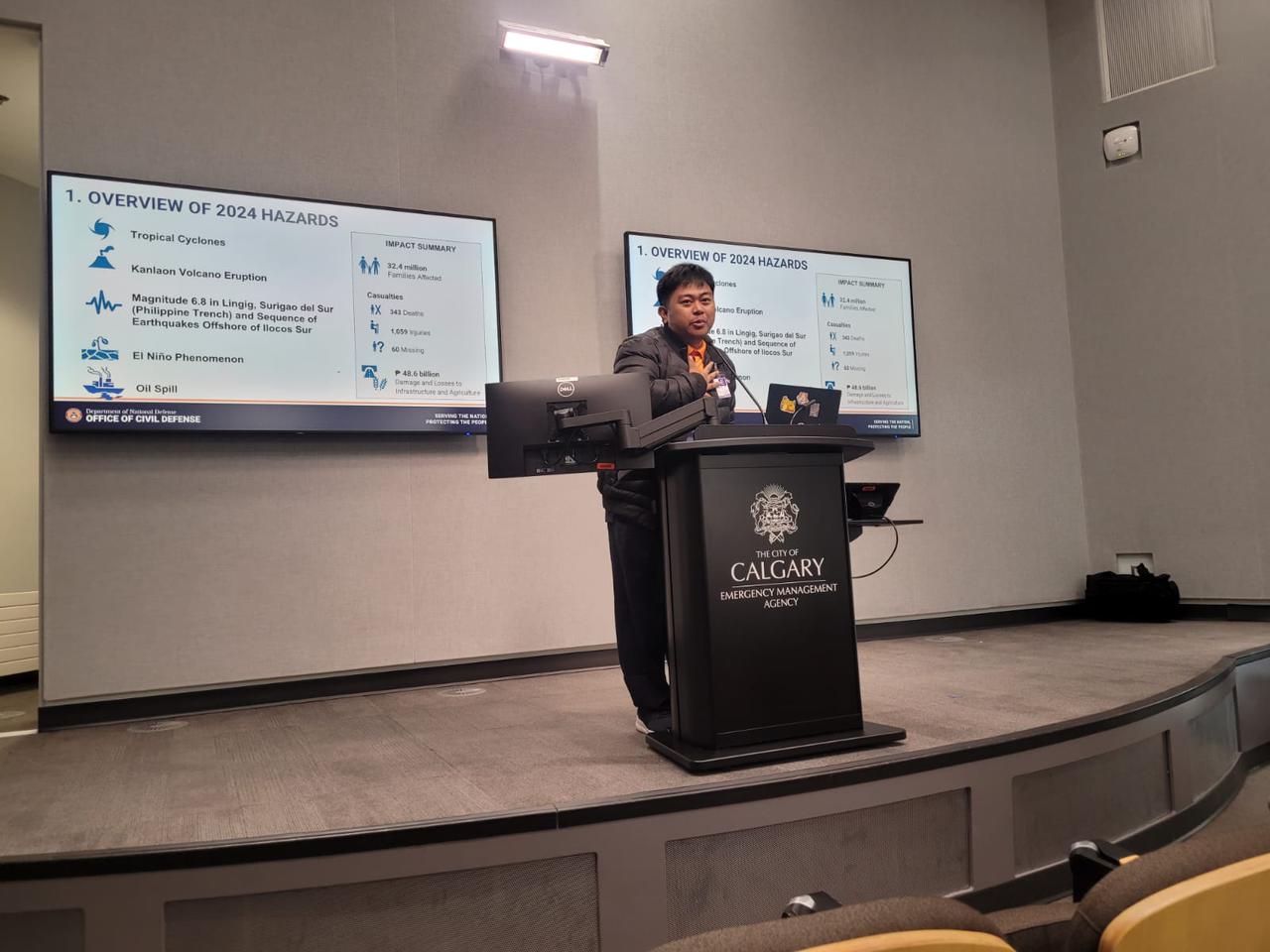
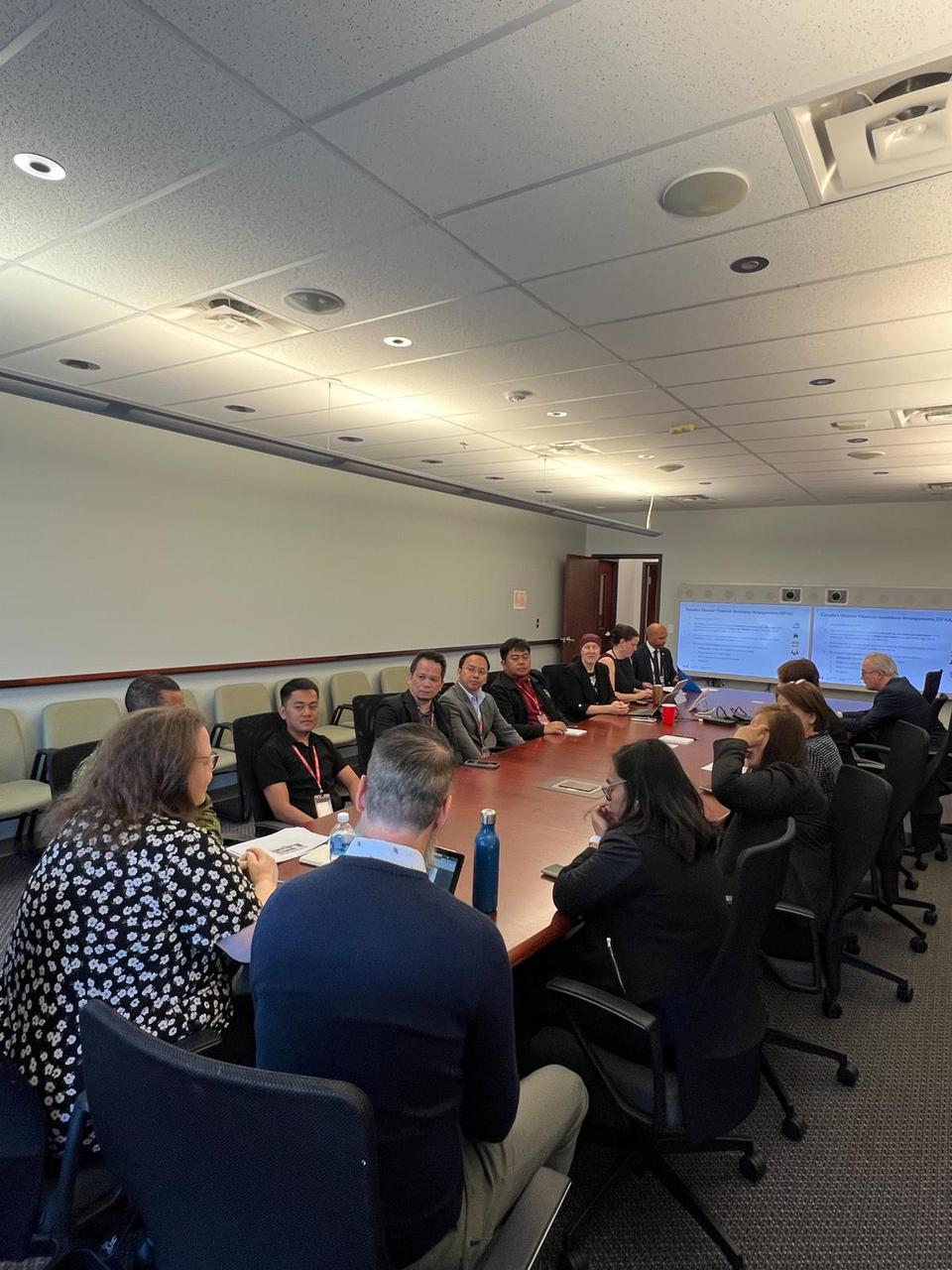
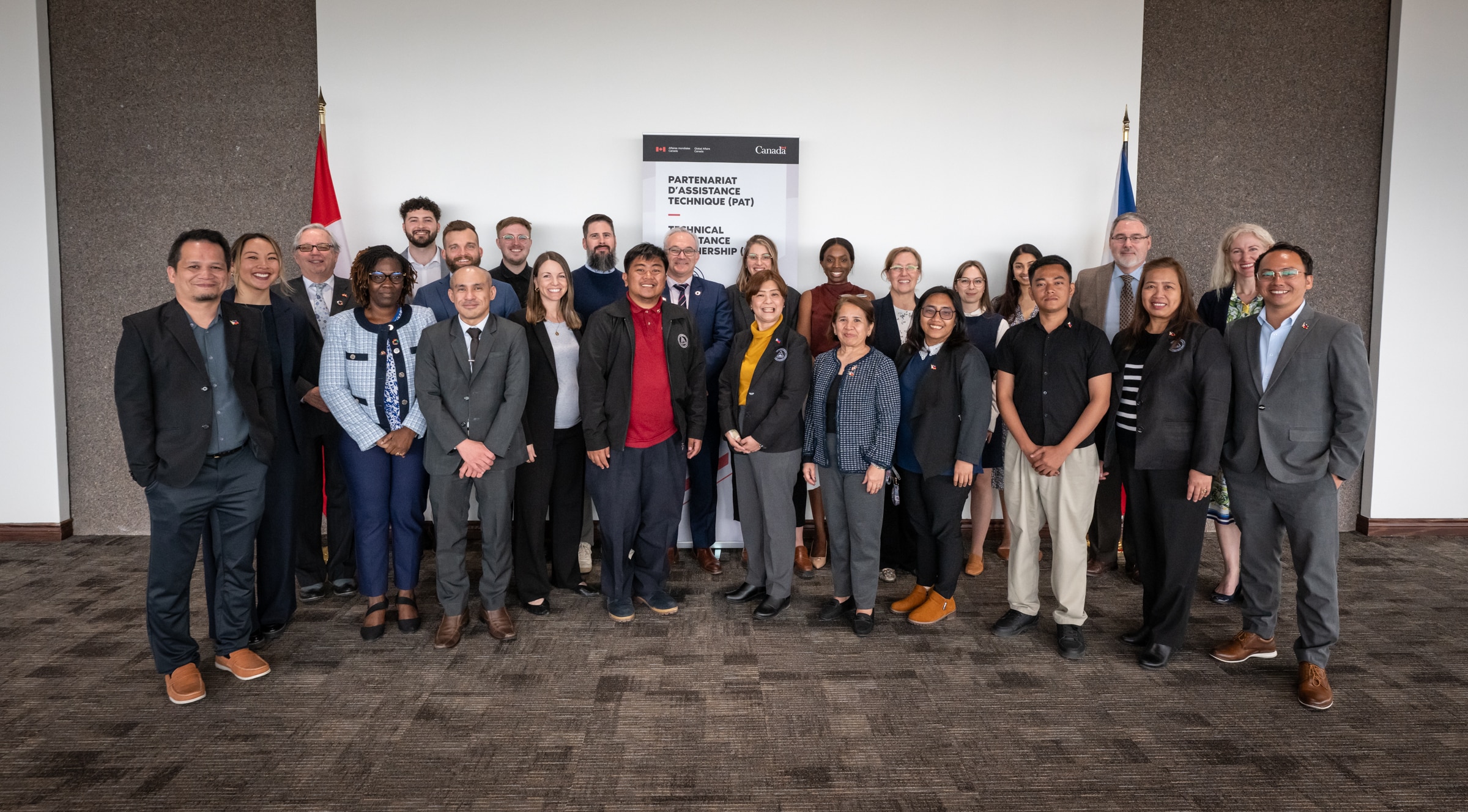
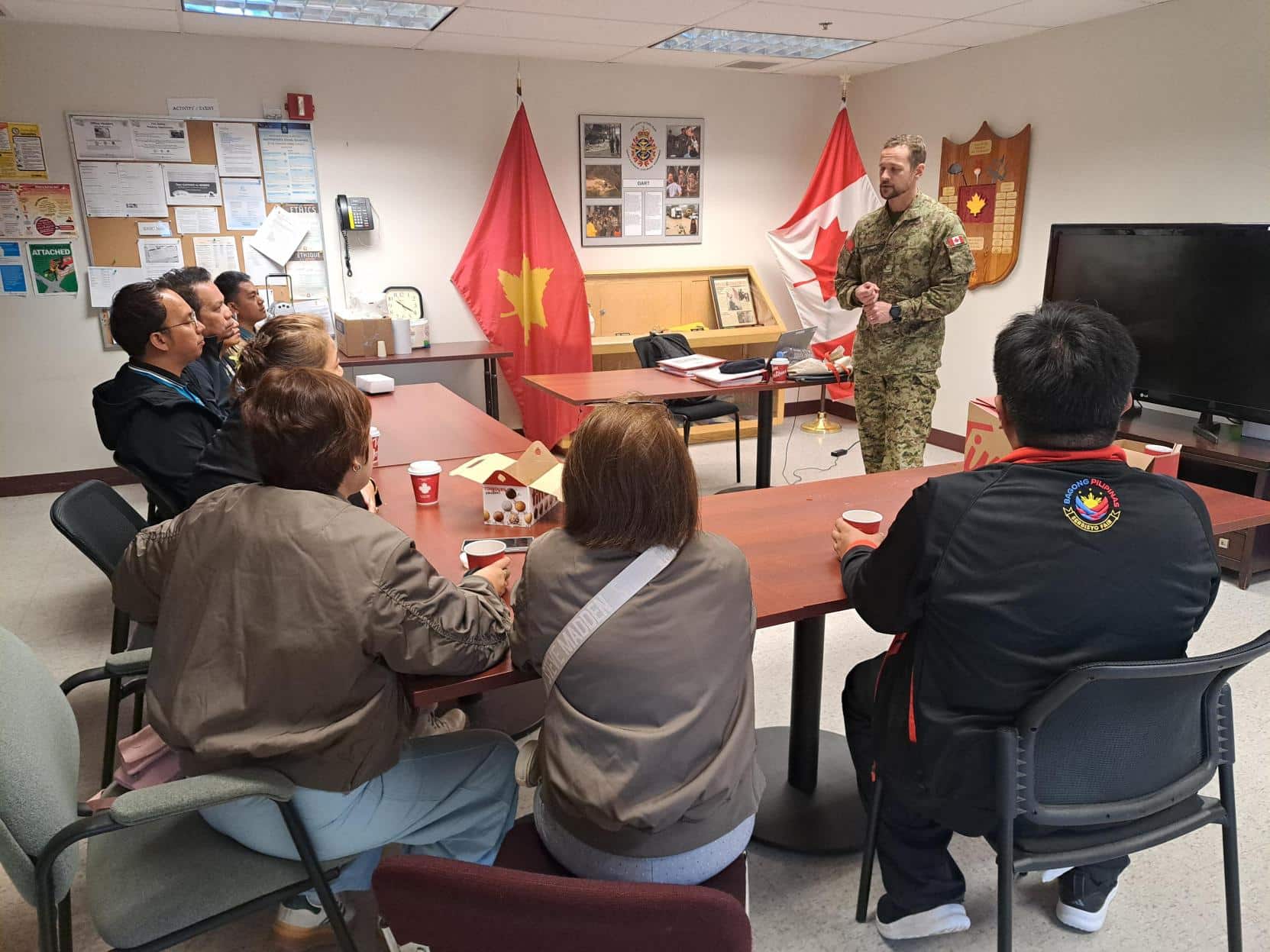
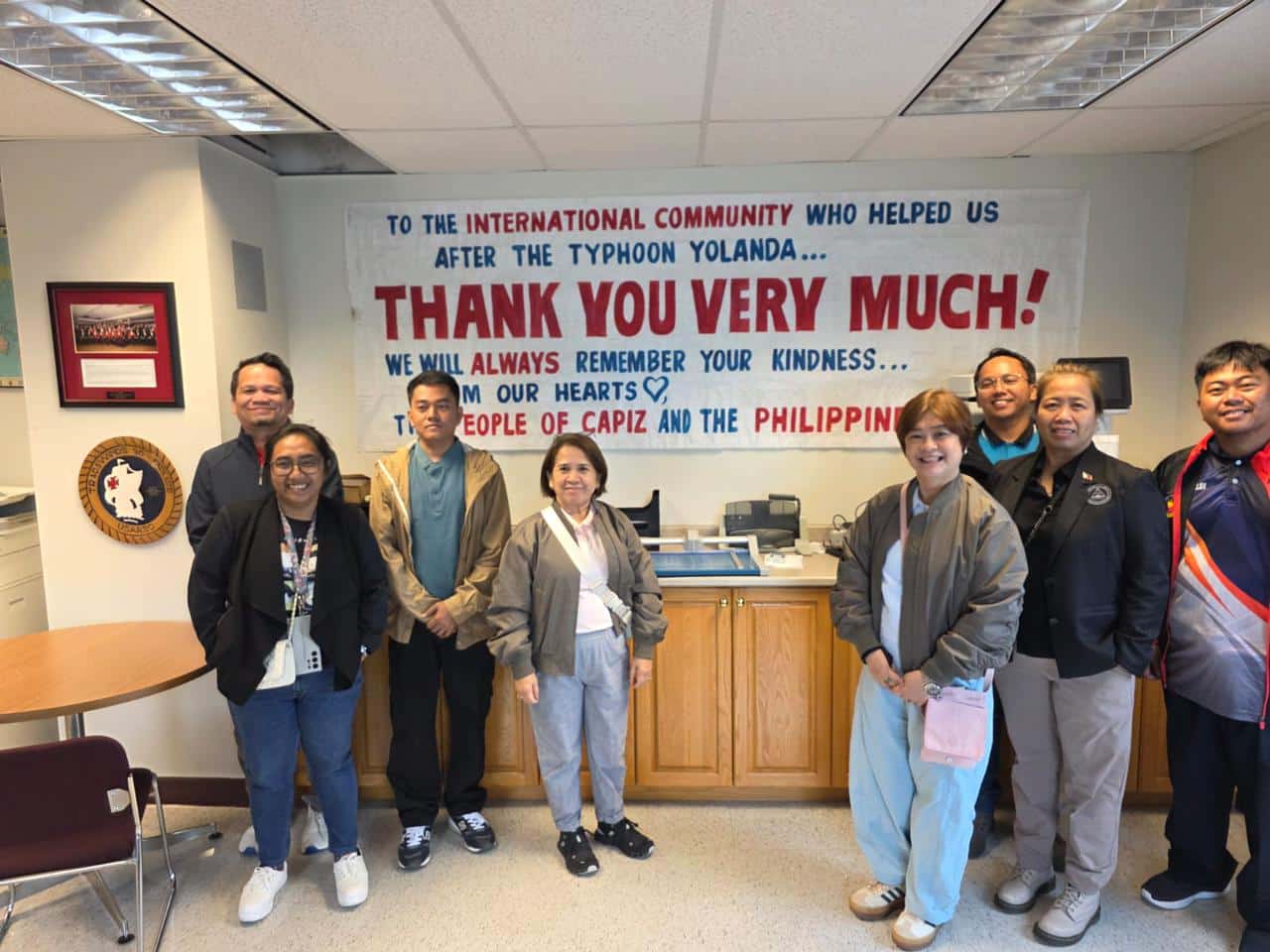
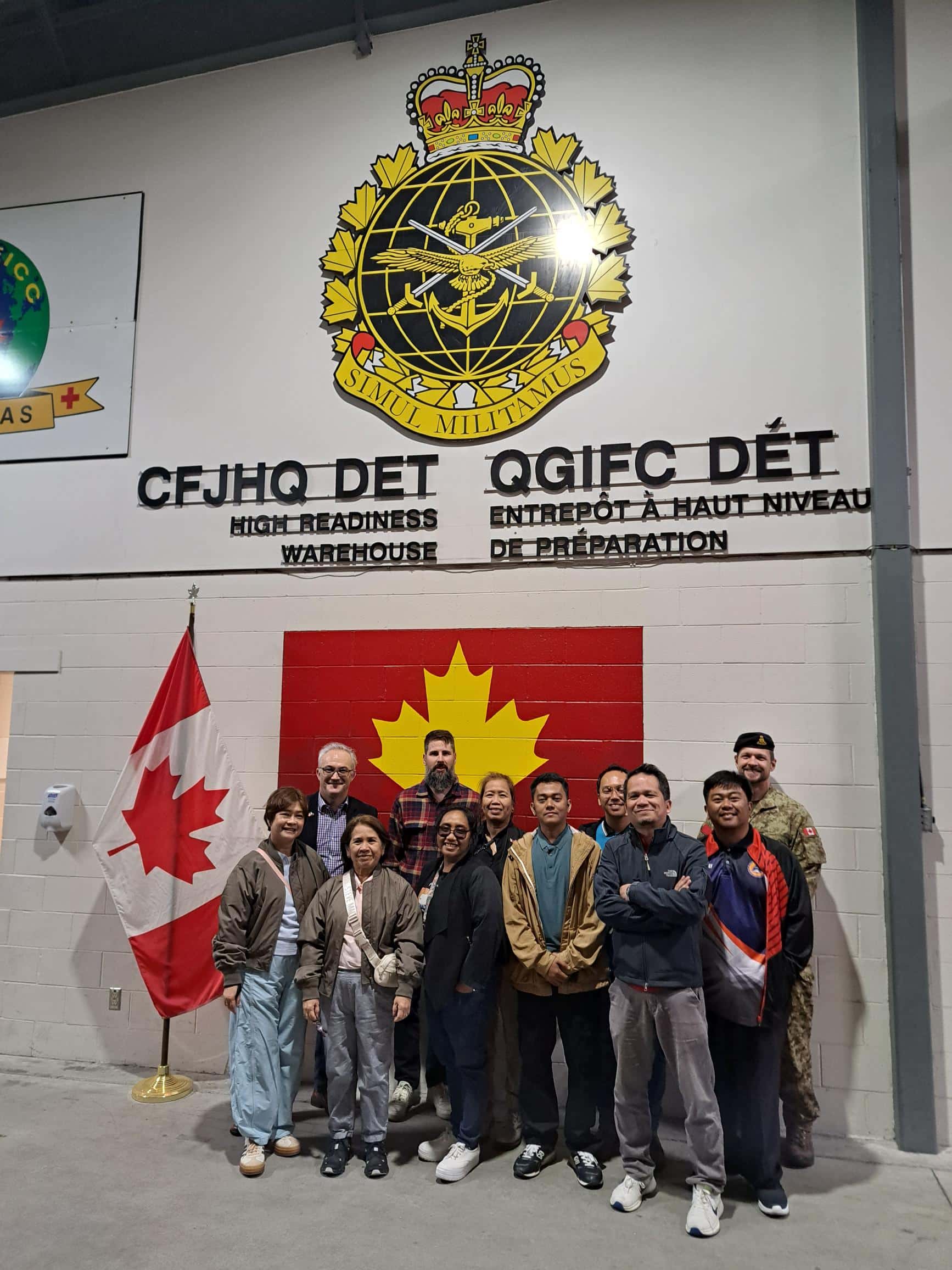
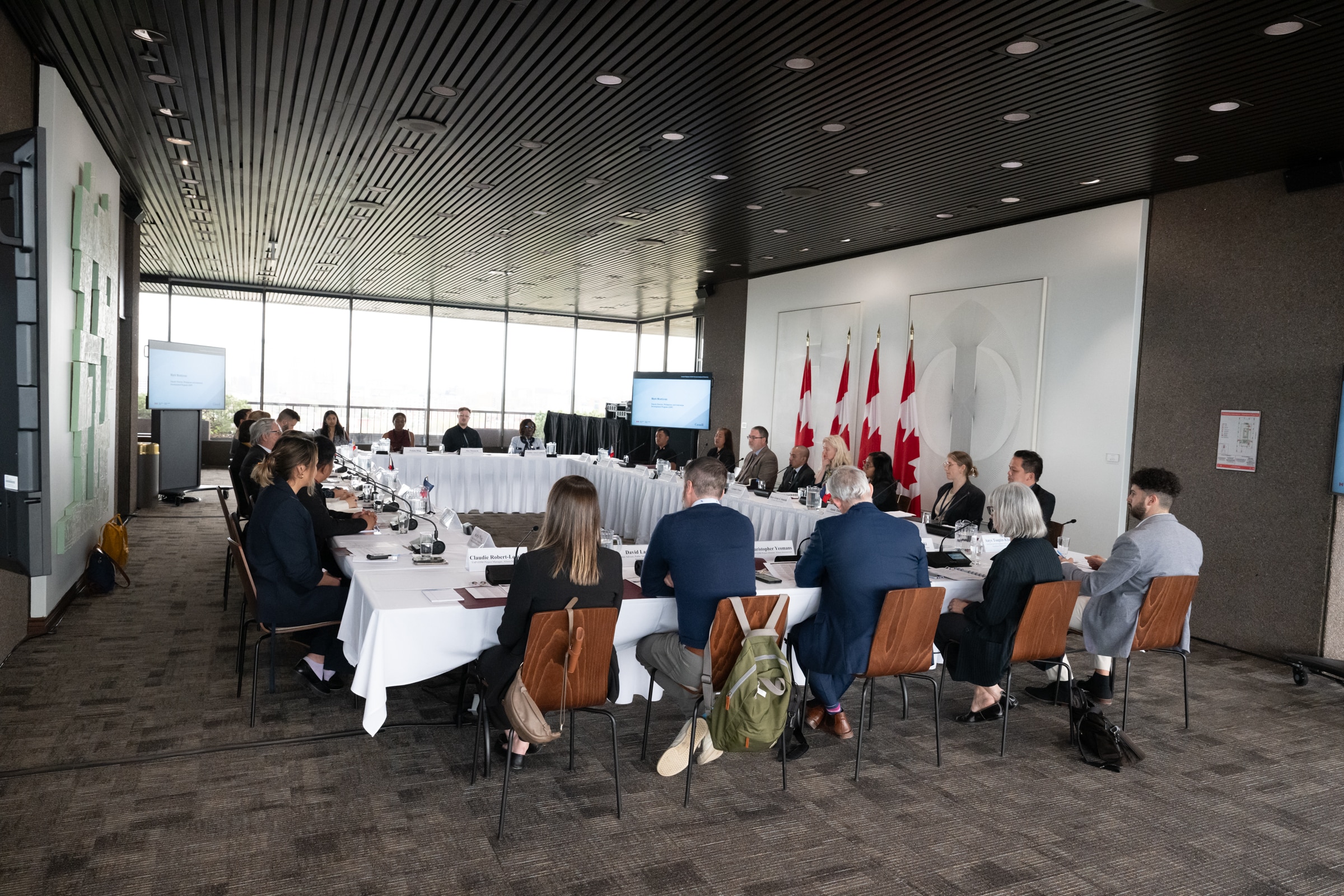
The following officials from the Office of Civil Defense, Philippines, participated in the technical visit:
- Susana E. Quiambao | Civil Defense Officer V, Response and Operational Coordination Division, Operations Service
- Aimee M. Menguilla | Civil Defense Officer IV, Responders Accreditation Division, Operations Service
- Mary Grace I. Somido | Civil Defense Officer III, Early Warning Division, Operations Service
- Aurora D. Dela Rosa | Training Assistant, Civil Defense and Disaster Management Training Institute
- Neil Patrick M. Mamaclay | Civil Defense Officer I, Resources Management Section, Operations Division
- Joe Mark A. Cabador | Civil Defense Officer I, Resources Management Section, Operations Division
- Joel G. Eugenio | Civil Defense Officer I, Logistics Management Division, Operations Service
- Archival R. Abejo | Electronic Communications and Equipment Technician I, Logistics Management Division, Operations Service
